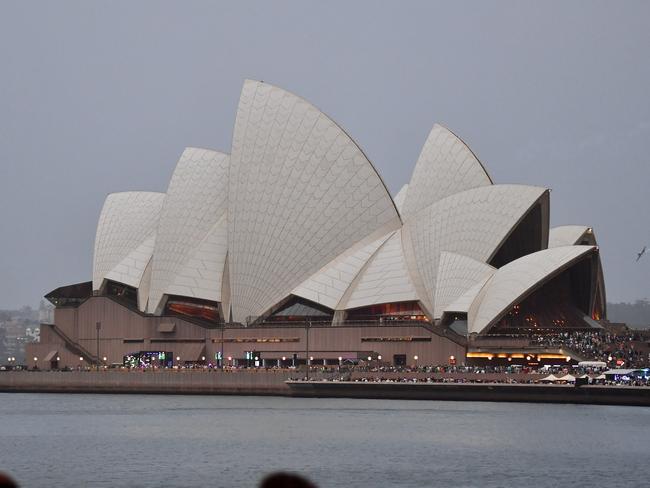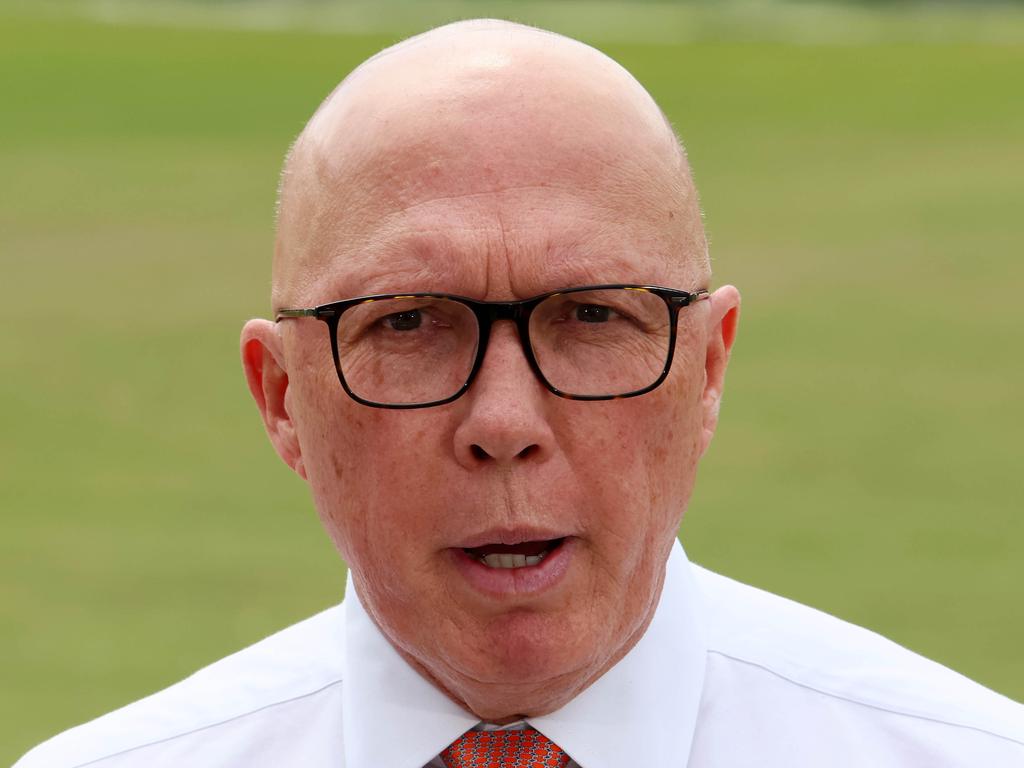Will it take an energy crisis before we act?


Judged by the metrics of logistics and costs, neither the Sydney Opera House nor the F111-C made any sense. The swing-wing jets were picked off the plan more than a year before the first pre-production plane took to the air. The Opera House design included novel architectural forms that demanded the invention of new technologies and materials. Both projects blew their budgets by millions and their delivery dates by years.

In the end one became an icon and the other served in this nation’s defence for nearly 40 years. But, as you would expect, politicians in the ’60s made hay with every blowout and delay, depending on whether they were in government or opposition when the fateful die was cast.
Given the F111’s were a Coalition project from start to finish, Labor’s Lance Barnard must have relished his moments speaking on a matter of public importance in the House of Representatives in May 1969.
“It has proved an exercise in high flying which can only prove disastrous to this country, its defence and its economic strength,” Barnard said.
In the NSW bear pit the Opera House provided rich pickings for both sides as a Labor government initiated the build in 1959 and a Liberal government had carriage of it from 1965 to 1973.
In November 1964, showing the Country Party’s usual appreciation of matters artistic, Leon Punch described the embryonic building as “that concrete monstrosity at Bennelong Point”. History shows this judgment was a tad premature. Labor’s Lionel Bowen was a NSW MLA before he upgraded to federal politics. In a debate in 1965 he attacked the new Askin government over the latest Opera House budget blowout and defended Labor’s decision to initiate it based on underdone, early cost estimates.
This kind of double play takes rare political skill, the kind that clearly travels with the name Bowen. But when it comes to sophistry, Bowen the elder is no match for his young namesake, Climate Change and Energy Minister Chris Bowen.
In his latest assault on the many ills of contemplating nuclear energy, young Bowen transcends earthly political posturing and ascends to an almost mystical plane.
In an article for The Australian Financial Review Bowen sought to skewer the Coalition’s energy musings with some back-of-the-envelope calculations on the generation gap that it opens. These prove a Coalition government “will need to find a whopping 6081 petajoules (of gas) just for electricity generation alone”.
For the purposes of this argument, this column will accept Bowen’s numbers without question, despite the fallow fields of disappointment that usually follow the minister’s figuring.
On the road to making his devastating point the minister makes two concessions, en passant, about the current state of affairs on his watch. He notes that the Australian Energy Market Operator’s March gas market analysis shows “there is sufficient supply to cover Australia’s needs out to 2027”.
First thought, 2027 seems a little close for much comfort. Second, Bowen omits this important bit of information from AEMO’s analysis: “It also highlights risks of peak-day shortfalls on some days under extreme winter conditions from 2025 and the potential for small seasonal supply gaps from 2026 in southern states.” So, under Bowen, the gas gap opens up next year and gets really chronic within two.
How chronic? The minister tells us “a projected cumulative shortfall in total national production of 3300 petajoules to 2035”.
So the only difference between the opposition and the government’s near energy future is the size of the gas gap. And both are huge.
The minister then posed a series of humdinger questions for the opposition.
“Where will this gas come from to power generators for electricity? What policies will deliver the new gas plants needed? How much will new gas infrastructure cost? How much will the gas itself cost?”
It takes a supernatural political talent to keep a straight face while asking questions that you couldn’t possibly answer. Bowen’s slam-dunk moment can be summed up as: “You can’t make your plan add up because I know mine doesn’t.”
In coming weeks journalists would do well to ask the minister his own questions and expect that he has some concrete answers. Because without abundant, cheap gas the so-called renewable grid cannot function.
Gas is not the backup for Labor’s electricity plan, it’s the backbone.
Building a grid where 82 per cent of your generation relies on a fuel source that is, quite literally, as fickle as the wind and sunshine demands the system operator develops a plan for those days, maybe weeks, when it will deliver nothing. Zero, zip, nada.
This reality is now so well established in renewables-heavy grids that the Germans have a term for it – Dunkelflaute, the dark lull. This winter the national electricity market on Australia’s east coast had 21 days like that.
No available battery technology can cover the many days of still darkness that came this winter. And a drought-prone, water-poor country such as Australia will never have enough pumped hydro to do it.
At these times the system operator will need something that burns fuel to keep the lights on.
So, the energy market operator’s plan demands 15 gigawatts of gas through to 2050 and beyond. To hit that mark, 13 gigawatts must be built because 9 gigawatts will be retired. This heavy reliance on gas to balance weather-dependent generation is true in every country that is on the same path as Australia.
Given a gigawatt is enough energy to run one million homes, the plan could be described as shadowing an unreliable weather-dependent grid with a reliable gas-fired one. Most days the gas will fire up a little bit to cover the routine peaks and troughs of wind and solar, but in winter it will burn bright through the deep still night.
Building a grid based on widely spread, largely idle, wind and solar generators connected by 10,000km of transmission lines and backing it all up with pumped hydro, batteries and gas will be preposterously expensive. The costs will be borne by business and individuals and fall hardest on the poor.
The only reason for building this vastly over-engineered piece of machinery is to cut carbon emissions and it still needs fossil fuel to function, forever. So, if you are determined to follow the road to net zero, is there an alternative? Is there a dispatchable, zero emissions source of generation?
When this minister pronounces nuclear energy a fantasy I don’t see Hogwarts and Hobbiton, I see the Opera House and a sky full of F111s.
One day it will be essential, but not before Australia’s east coast hits an energy crisis. When we act, we will act too late.







In the 1960s the media routinely lambasted two multimillion-dollar projects that many politicians, experts and journalists agreed were absurdly expensive white elephants. The first was the decision to build an opera house on Bennelong Point in Sydney Harbour, with a radical design by Danish architect Joern Utzon. The second was federal cabinet’s call to replace its ageing fleet of Canberra bombers with 24 supersonic strike aircraft bought from the US.